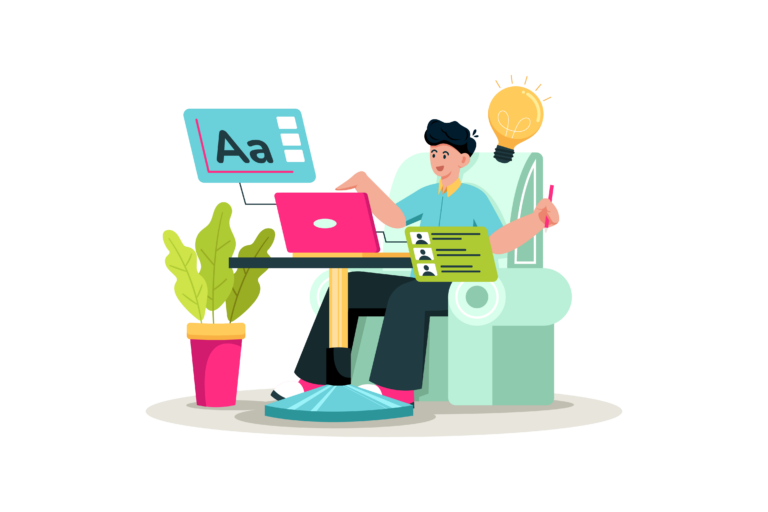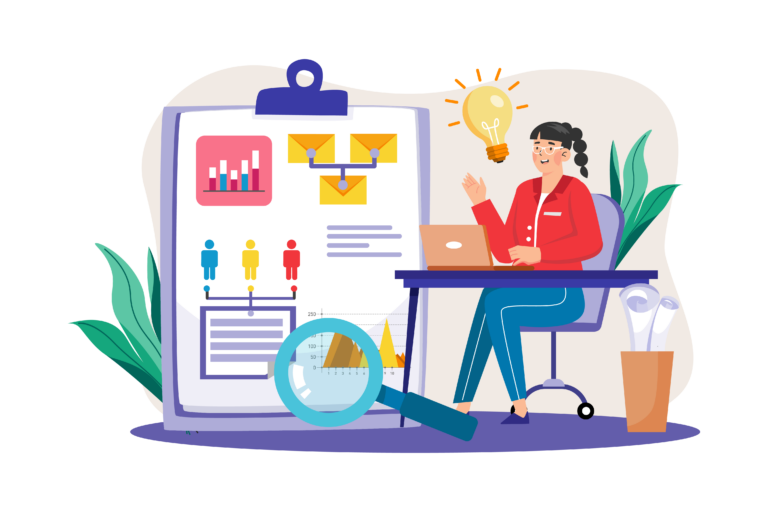Mastering Patience: Habits to Make Work Less Stressful

Patience isn’t a passive thing, it’s powerful! Being able to stay calm when deadlines change, tech glitches hit, or teammates slip up helps you think more clearly and respond professionally. It can reduce stress, build trust, and show emotional maturity!
Bottom line: patience helps you shine because it signals resilience and emotional intelligence.
To get started: Recognize your triggers
Before you can stay patient, you’ve got to know what tests you.
What sets you off? Is it last-minute changes? Interruptions? Tech issues? Something else?
How about reactions, what do they feel like? Does your heart rate spike? Do you snap, shut down or disengage?
If you can spot these patterns and reactions, it will help you plan and navigate instead of reacting on autopilot.
5 everyday patience practice ideas
Here are five simple and effective steps that you can weave into your day to build your patience “muscle”.
- Pause before responding
When a coworker asks for something you already sent, your first thought might be annoyance. Instead, pause. Wait a minute. Calmly resend the info without a snarky note or forward them the information that you had sent before. This small pause can diffuse the tension and shows professionalism.
- Breathe deeply
Feeling heated? Take a full, slow breath, inhale through your nose, exhale through your mouth. Repeat twice. This simple reset can slow your heartbeat and help to clear up your mental fog.
- Reframe the situation
Instead of thinking “This is a waste of time,” try reframing: “This hiccup is helping me work on enhancing my skills.” A shift in perspective can cut frustration—and bring a fresh opportunity.
- Show empathy
Remember: everyone’s human. When a teammate fumbles a task, treat it as a teachable moment. A little empathy builds stronger relationships, enhances company culture and increases patience.
- Manage stress
Impatience often hides behind stress. Sleep, breaks, hydration, nutrition and saying “no” when your workload is full are all key. Go for a walk during lunch or listen to music between tasks to recharge.
Patience for Yourself and Others
Be patient with yourself too
Remember, you’re not superhuman! When you slip up, try to swap “I’m terrible at this” with “I’m learning, one step at a time”. A kinder internal voice boosts resilience and reduces internal tension.
Try this: keep a notepad of little wins or progress made, they’re proof you’re moving forward, even on tough days.
Staying patient with others
Dealing with impatience in interactions? It definitely happens, here’s some ways to handle tough moments:
- Control your reaction: Don’t match sarcasm with sarcasm, or anger with anger. Try to keep focused on the actual task, instead.
- Avoid assumptions: A curt message might be a result of stress and not personal. Assume positive intent, wherever possible.
- Limit draining exposure: If you notice a colleague’s negativity drains you, keep conversations short and to the point (but kind).
- Build a support network: Friends at work validate your frustrations and lighten the load.
- Set realistic expectations: Not everyone moves at the same pace as you, or gets things done when you expect them to. Accepting this cuts stress and disappointment; everyone makes mistakes, and the best thing we can do is move forward ourselves.
Patience = Emotional Intelligence
Patience and emotional intelligence go together, which means understanding emotions (yours and others’) and responding thoughtfully.
Key emotional intelligence habits:
- Reflect before responding: Rather than litigate tension, pause and think.
- Stay calm under pressure: Frustration clouds judgment but keep focused.
- Use empathy: Understanding what others feel helps you respond more constructively.
Benefits of building patience and emotional intelligence
- Better conflict resolution: You listen, you empathize, and you can resolve conflict without drama.
- Stronger trust and relationships: Calm, composed responses build respect.
- Increased adaptability: Change doesn’t break you, your patience helps you take it on.
Extra tools to grow your patience
Beyond daily practices, here are a few tools you can embrace:
- Mindfulness breaks: Short guided meditations or breathing exercises at your desk can reset stress.
- Journaling: Track what sets you off, and what calmed you down, that insight is powerful.
- Skill-building: Join a workshop on emotional intelligence or interpersonal skills, that proactive step shows leadership drive.
What patience looks like at work:
- In meetings: You listen fully before responding, ask clarifying questions, and avoid interruptions.
- With feedback: You thank your manager, pause, and respond constructively instead of reacting defensively.
- When changes happen: You say, “Alright, let’s update and move forward,” instead of fretting about the extra effort.
In short:
- Know your triggers and patterns.
- Use pauses, breath, and reframing daily.
- Be empathetic to others and yourself.
- Celebrate small gains and track progress.
- See setbacks as chances to grow.
Start small, one pause, one breath, one empathetic thought each day makes you steadier and more effective. Before long, you’ll be the go-to person when things get heated. And that’s real workplace strength.




